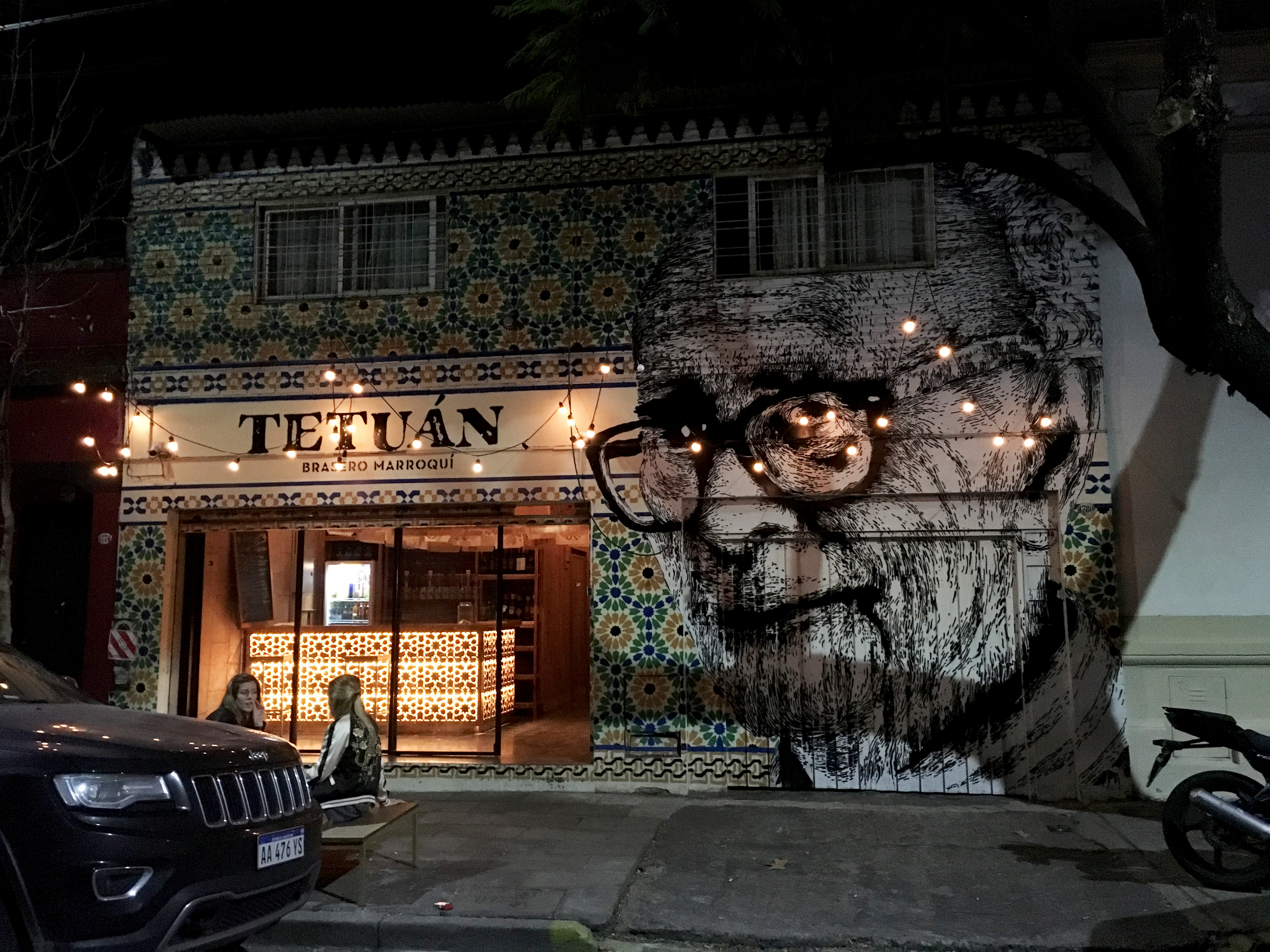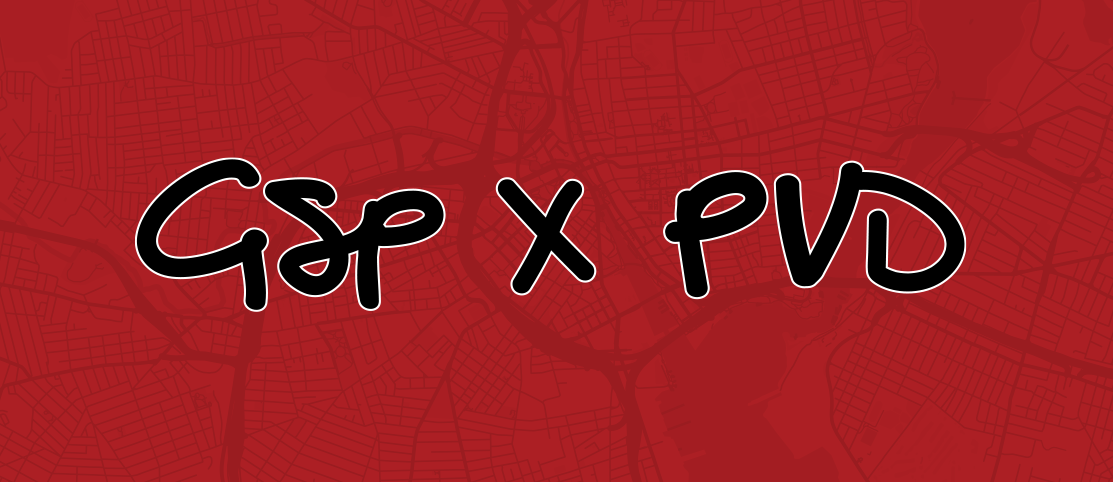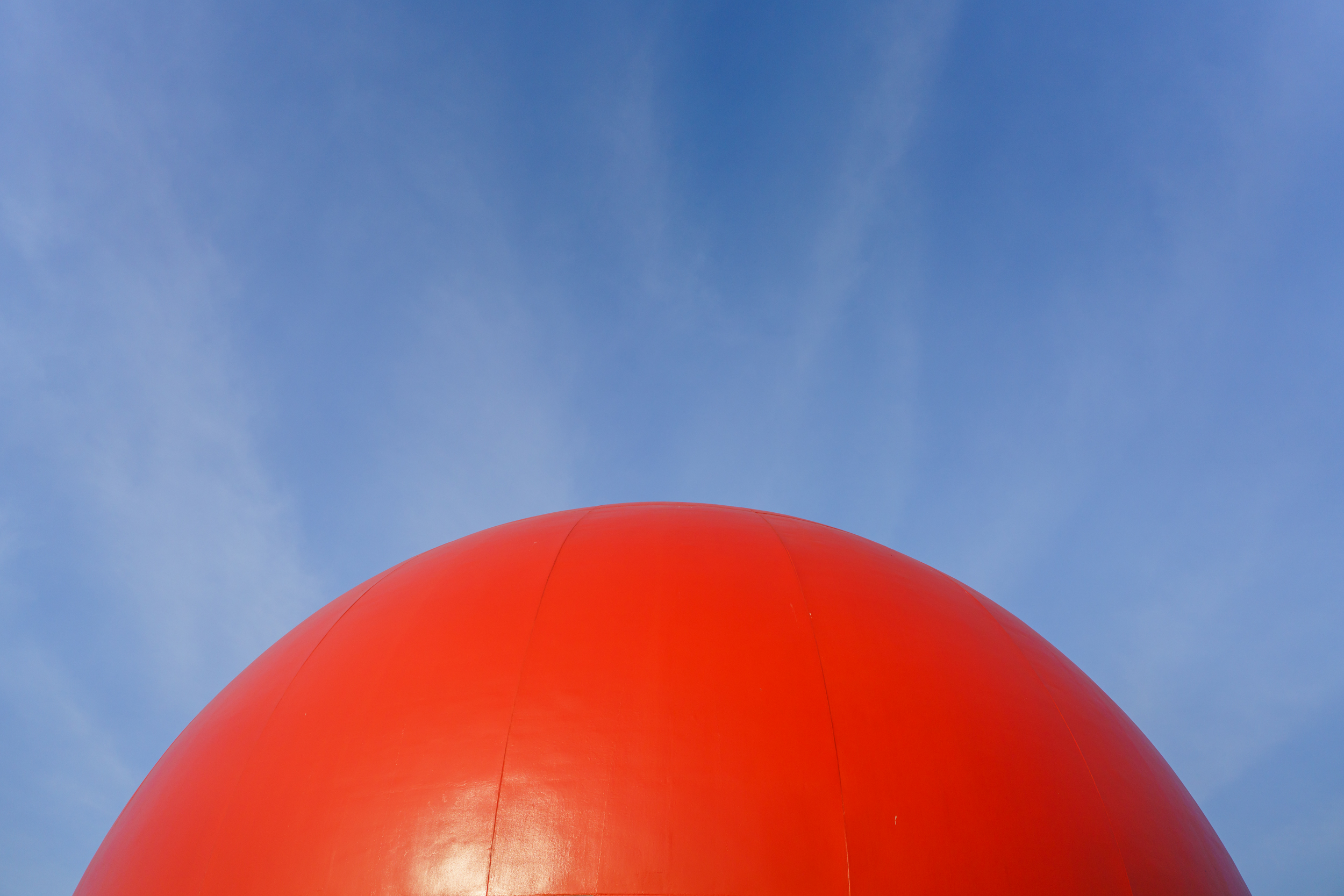MONTH 06: BUENOS AIRES
I knew I would like Buenos Aires long before I got here. It’s known for being a European city in the middle of South America, with influences from Spain, France, and Italy, and I knew the combination of Latin American living with some European architecture and culture would be just my style, and fortunately this city did not disappoint. This was my first time having a visitor, and playing host forced me to not only figure out what I would want to do to enjoy the city for myself but also with someone else’s wishes and personality to consider. I had to decide what to show off and what wasn’t worthy of fitting in during a 10-day visit. The good thing about this visitor is that he’s also an urban planner, so I could take him to watch the traffic and pedestrian patterns on the 10-lane Avenida del Libertador and he’d be content for a few hours. However while those traffic light cycles are great, there were a few more things I was excited to show off.
I had been here long enough before my visitor arrived to know that I loved Buenos Aires. Was it the gorgeous parks with botanical gardens, rose gardens, and paddle boats? Was it the regularity of hidden-door, password-only-entry speakeasies? Was it the prominence of some wider but crossable roads traversing the cityscape rather than an imposing highway or two? It was all of that and more tied up in a clean and easy-to-use collection of ribbons that made up the subway network. I enjoyed Buenos Aires so much that I would be hard-pressed to find anything to complain about. The fall leaves were too crunchy? The bike share system doesn’t have a ton of stations? The sidewalks were kind of messy in a few places? That’s all I’ve got, and one of them isn’t even possible.
One thing that cannot be ignored in Buenos Aires is the amazing street art, so we went on a walking tour where we learned about the origins and policies around street art. To make a long story short, the movement was sparked by the political unrest during the 1980s by the middle class, and there are no policies around street art. The way it works here is that, when you own a building, you own all parts of it and can make whatever choices you’d like about the inside, the roof, the facade, etc. An artist or artist collective will design something and then scout the city for the perfect wall, knock on a door, show the owner the design and ask for permission. If permission is granted, they’ll get started painting whatever has been agreed upon. There is no municipal approval process which means art goes up very quickly and reflects the thoughts and beliefs of artists in the city at whatever moment they’re painting. There are beautiful floral pieces, pieces about gentrification (a challenging but relevant topic here as in most modernizing cities), typographic pieces, and some whimsical pieces simply designed to divert the viewer’s attention away from the chaos of the world if only for a minute or two. A large handful of these artists contributes to a street art gallery that hosts workshops and even a bar whose walls are covered in art by local street artists, two totally unique uses that mix local art with interesting ways to engage the public.
From a physical design perspective, there was so much for us two planners to marvel at. There are protected bike lanes on most streets in my neighborhood and the surrounding neighborhoods, sidewalks wide enough for prolific cafe seating (which is used all year long thanks to very wide awnings and heat lamps), a perfectly human scale which allows for density without feeling overwhelming (buildings rarely reach higher than 10 stories, with the exception of a few very tall apartment buildings), almost all block corners have the harsh 90 degree edge cut out allowing for vibrant corner uses, a fantastic mix of uses on all blocks making everywhere feel like the perfect neighborhood unit, and a great collection of parks of varying sizes and functions.
When it comes to highlighting the best places to eat and drink, I had no issues. My Remote Year group is living in the posh Palermo Soho and Palermo Hollywood, where there are a huge variety of restaurants, cafes, and bars. Because of the large immigrant population, it’s easy to find cuisines ranging from authentic Syrian takeaway, to sushi, Vietnamese, Indian, ramen, pizza, and of course, parilla (Argentinian barbecue) and empanadas. When we wanted a more familiar modern brunch, we had all kinds of options. My visitor is not a coffee person but I still scoped out a few cafes flaunting the best espresso and multitudes of coffee brewing options for “us” (read: me) to try. While Argentina is known for its wines, there were a few truly unique cocktail bars we explored, like one hidden by a flower shop, one hidden by a coffee shop, and one designed to look exactly like a New York subway station.
Being a visitor to a city and having a visitor in a city forces you to put on two totally different hats. All at once I am the novice and the expert, and in a city like Buenos Aires I take pride in a place I’ve only been calling home for 3.5 weeks. If you’re counting, you may have noticed I just finished month 6 out of 12, and the competing excitement to continue traveling, excitement to return to the familiarities of a more permanent “home”, and uncertainty of what that return will look like, are all working hard in all of us. What I’ve definitely learned so far is that cities, regardless of their size, demographic make-up, and landscape, are beautiful, and are all about the people: where people are going, how they choose to get there, why they occupy public spaces the way they do. The one theme that’s shown through in my observation and research is how cities are designed to get people out onto the streets on their feet, on their bikes, and definitely not in cars. How can we, as citizens and as decision-makers as neighborhoods are created and modified, encourage people to enjoy the fresh air, explore their streets, and maybe be just a bit healthier in the process?
Stay tuned, as this is something Graffito is starting to think a lot more about…
Until then: Goodbye South America, hello Europe!




